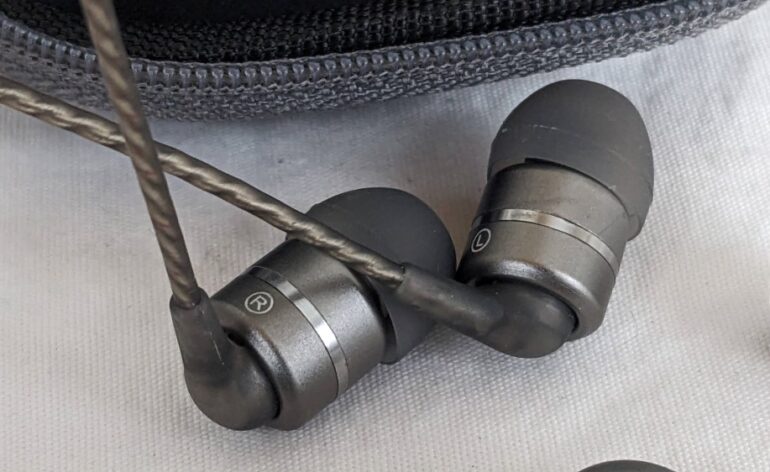A Wired Headphone Solution for Most New Phones – SoundMAGIC E80D USB-C Wired Headphones Review
Headphone styles wax and wane. Right now, we are inundated with wireless headphone solutions. They are just everywhere. Invariably, this leads people to reminisce about the “good ol’ days” of wired headphones. Remember when you didn’t have to worry about charging your headphones or losing one if it fell out of your ear? Why don’t we have wired headphones anymore? Well, we do! Enter the SoundMAGIC E80D USB-C wired headphones. Spoiler alert: They cost less than you think! Let’s take a closer look!
SoundMAGIC E80D Specs
- Driver: Dynamic, 10mm, Neodymium
- Frequency range: 15Hz – 22kHz
- DC resistance: 64±10%Ω
- Sensitivity: 104dB±2dB
- Maximum input power: 20mW
- Cable: 1.2m
- Connection: USB Type-C
- Material: Aluminium
- Weight: 16g
Microphone
- Frequency range: 20Hz~16kHz
- Sensitivity: -42±3dB @ 1kHz
DAC
- Resolution: up to 24Bit/96kHz
- Signal Noise Ratio (SNR): 103dBFS
- THD-N: -87dB
- Crosstalk suppression: -120dB
SoundMAGIC E80D Technology
Now that iPhones have been forced to adopt the USB-C port, manufacturers can offer a single, wired headphone solution that will work with all phones. Unlike your traditional headphone jack, which has long been dead, a USB-C connection requires a DAC. A DAC, or Digital to Analogue Converter, is a chip that takes digital audio and converts it into an analogue signal that can be amplified and played by headphones or speakers. The SoundMAGIC E80D USB-C wired headphones have a 24/96 integrated DAC mated with 10mm drivers.

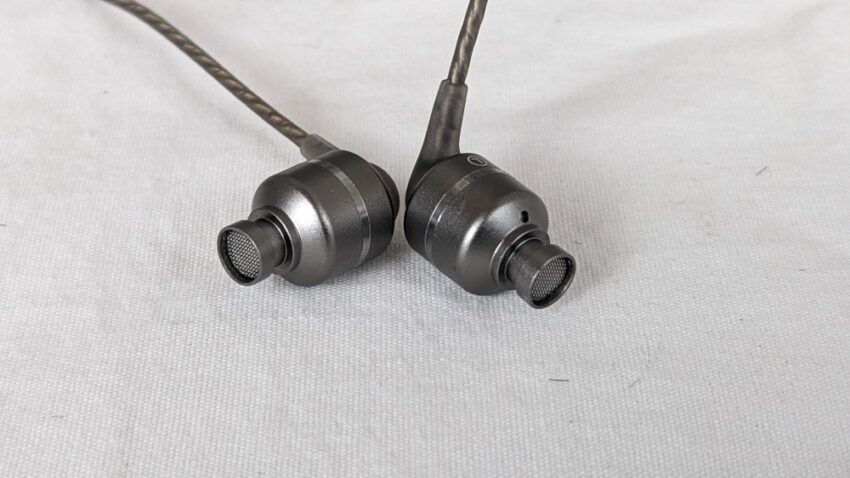
The earphones are crafted from aluminum and paired with copper cables with transparent casing. This allows you to see the twisted cable inside. The earphones themselves are smaller than you’d expect if you’ve become accustomed to wireless headphones. They nearly disappear inside your ears (except for the connected cable. The cable has nice finishes like a metal Y-splitter and inline controls. The controls are the typical three-button variety with an integrated mic.
The cabling is stiffer than I’m used to with wired headphones. If you’ve used “anti-tangle” cables, you’ll know the feel. I don’t mind the stiffness, but it does make it difficult to wind the cables and store them in the case. It also makes photographing them a pain, but that doesn’t matter to you. Lastly, they three sizes of eartips and an additional pair with double flanges. You should be able to find a set that fits your ears.
SoundMAGIC E80D USB-C Wired Headphones Cables and Controls
With the integrated DAC, the SoundMAGIC E80D USB-C wired headphones work with nearly any device with a USB-C port. We have a number of phones and laptops with USB-C connections and they worked with all of them. Technically. The one issue I ran into was with the right-angle connector. In nearly every case, the right-angle USB-C connection was a boon. It allowed you to connect the headphones to the port compactly. If you had asked me, I would have told you I would prefer a right-angle connection 10 out of 10 times.
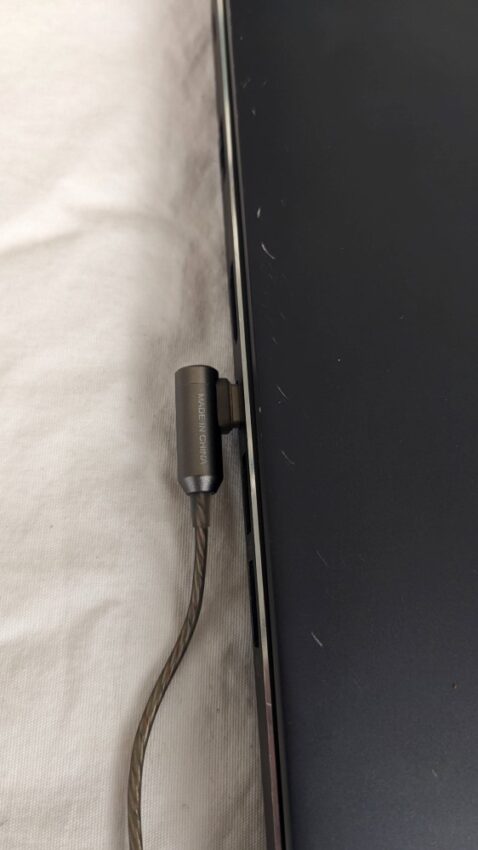
Unfortunately, with my Pixel 5 in its Otterbox case, the cable wouldn’t fully insert into the port. I always invest in the thickest and most protective Otterbox cases for my phones because I drop my phone like I’m getting paid for it. In order to use the SoundMAGIC E80D USB-C wired headphones with my phone, I’d either have to remove the case (and probably immediately drop my phone) or get a different, thinner case.
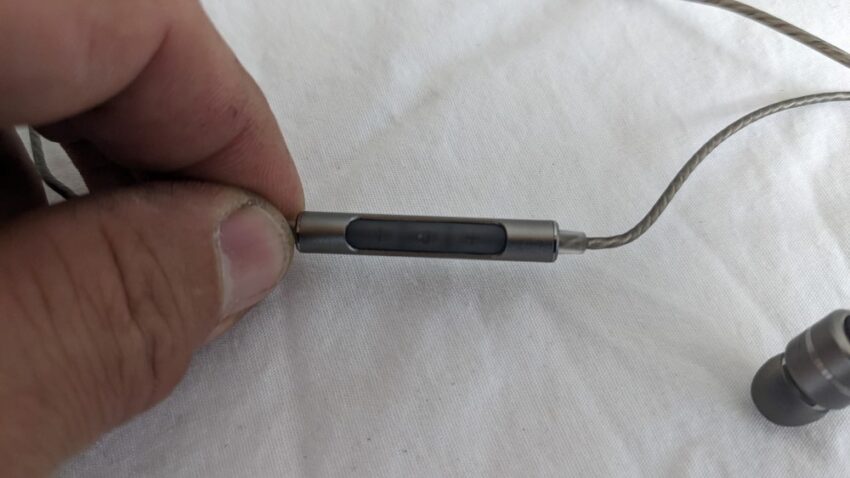
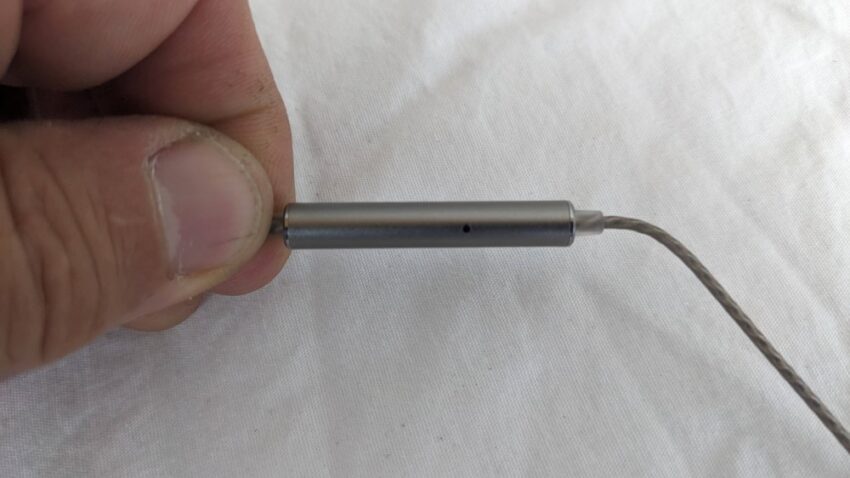
The in-line controls are the typical three-button variety. There are volume controls and a single multifunction button. The volume controls are singular (only control volume up and down) while the multifunction button does all the heavy lifting. A single button press will start/stop your content or answer/disconnect calls. A long press will start your preferred voice control solution. A triple press will skip to the next song.
The control pad has bumps to tell you where the control areas are. The control pad, however, is just as cylindrical as the control case and it makes it hard to accurately find the buttons. With practice, you’ll become proficient but it is far from intuitive. I found myself grabbing for my phone to control the volume more than the inline controls.
SoundMAGIC E80D Use
The SoundMAGIC E80D USB-C wired headphones utilize sound isolation rather than the more popular ANC (Active Noise Cancellation). Sound isolation relies on the earphones directly blocking the sound rather than any DSP canceling out the external noise with an inverse soundwave. This means that it is imperative that you find the correct eartips. The smallest ones worked well for me but with only four total options, you may or may not find the ones you need. As the earphones use friction both to stay in your ear and for noise isolation, the proper eartip is a must.
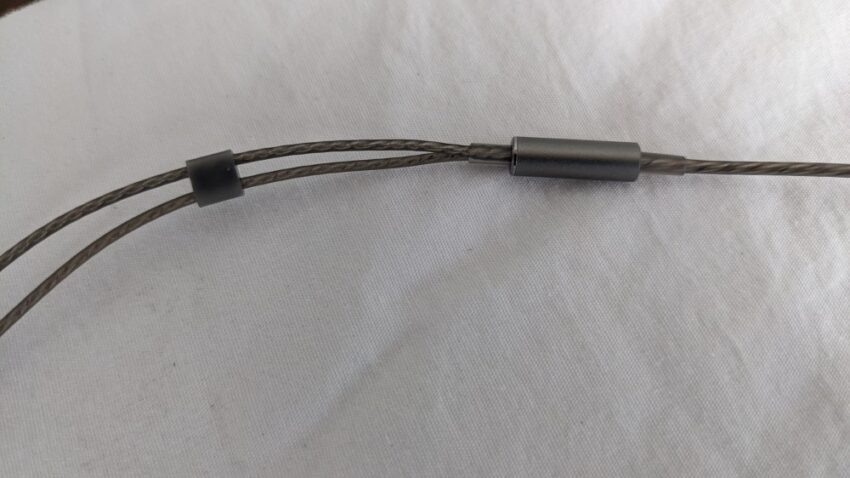
As you’d expect with wired headphones, these are plug-and-play. No app for control, no EQ. This is a nice departure from our sometimes overly complicated life. You simply plug in the SoundMAGIC E80D USB-C wired headphones and enjoy your music. One concern with wired headphones is noise transference. With some wired headphones, the wires will rub against other things (like your clothes) and the physical vibrations will be audible. This is much more audible with noise-isolating headphones (like the SoundMAGIC E80D). SoundMAGIC has combated this with a smooth outer sheath on the cables. There is some cable noise, but it is mostly inaudible during playback.
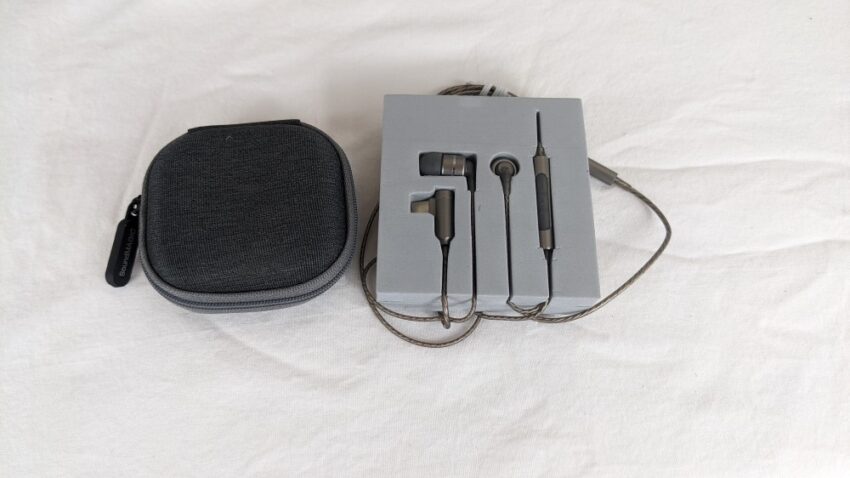
Lastly, the SoundMAGIC E80D USB-C wired headphones come with a nice carrying case. While it looks from the images to be soft, it is actually a hard case with two internal pockets. While getting the cables stay in the case long enough to zip it closed was challenging, I did appreciate the case.
SoundMAGIC E80D Sound Quality
As always, I test headphones without any EQ engaged. When I played a full-range sweep, the SoundMAGIC E80D USB-C wired headphones displayed an impressive response. They started making noise right at 20Hz and played throughout the entire frequency range. That’s the positive. The downside is that the E80D headphones are very much tipped up in the bass.
For those playing along at home, your hearing is much more sensitive to treble than bass. This is why curves of equal loudness are so important. When you play a sweep at a reasonable volume, you should expect that the treble will sound subjectively louder than the bass (unless you are listening at reference level). When playing back sweeps at a normal volume (reference level is LOUD), the treble actually sounded softer than the bass. That’s not a good sign.
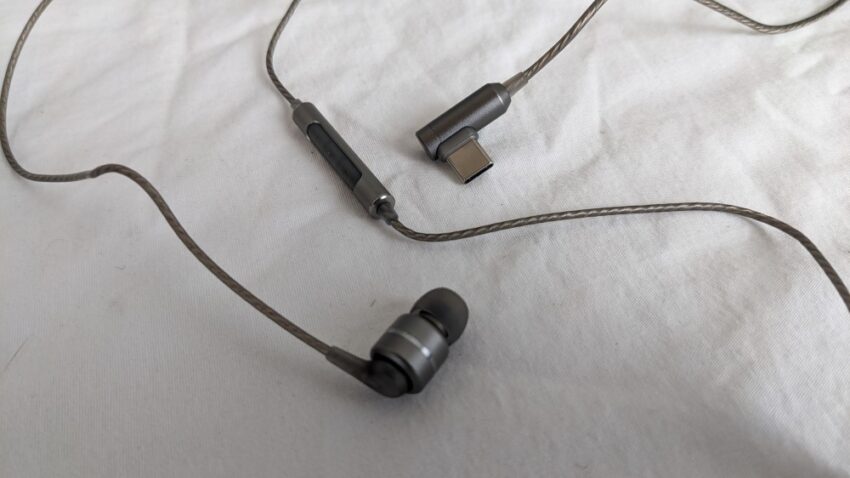
During higher-volume playback, the low end wasn’t as pronounced (as I expected) but sounded muddy. Because of how our hearing works, lower volume playback sounded much more even. The bass wasn’t as detailed as I would have liked, but it wasn’t accentuated either.
You might be wondering why I didn’t at least try experiencing the SoundMAGIC E80D USB-C wired headphones at reference level. Other than how loud it is (and I don’t love the thought of damaging my hearing just for a review), I couldn’t! My normal, comfortable, not overly loud listening volume setting ended up being almost max volume on my phone. In fact, the E80D wired headphones are the only headphones I’ve tested in years where I could max out the volume and not feel like I was risking damaging my hearing. Now, this is with a Pixel 5 and you may find the pairing of your phone and these headphones are different. For calls, I was described as sounding like I was on speakerphone. Not a dealbreaker by any means.
Take Away
Let’s talk price. The SoundMAGIC E80D USB-C wired headphones only retail for $45.99. Yes, they aren’t wireless and don’t have an associated app. But you can use them with your phone without a dongle. For that price, they are practically an impulse buy. Heck, the dongle for your phone is probably $20! If you tend to listen at lower volumes (just some background music) or like a little extra bass, then you are going to love how these sound. Especially for the price. No more worrying about losing a headphone or a battery dying. Just plug them in (no dongle required!) and enjoy your music.

